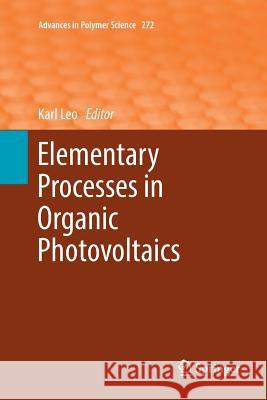Elementary Processes in Organic Photovoltaics » książka
topmenu
Elementary Processes in Organic Photovoltaics
ISBN-13: 9783319803296 / Angielski / Miękka / 2018 / 421 str.
Elementary Processes in Organic Photovoltaics
ISBN-13: 9783319803296 / Angielski / Miękka / 2018 / 421 str.
cena 576,49 zł
(netto: 549,04 VAT: 5%)
Najniższa cena z 30 dni: 572,48 zł
(netto: 549,04 VAT: 5%)
Najniższa cena z 30 dni: 572,48 zł
Termin realizacji zamówienia:
ok. 20 dni roboczych.
ok. 20 dni roboczych.
Darmowa dostawa!
Kategorie BISAC:
Wydawca:
Springer
Seria wydawnicza:
Język:
Angielski
ISBN-13:
9783319803296
Rok wydania:
2018
Wydanie:
Softcover Repri
Ilość stron:
421
Waga:
0.60 kg
Wymiary:
23.39 x 15.6 x 2.24
Oprawa:
Miękka
Wolumenów:
01
Dodatkowe informacje:
Wydanie ilustrowane











